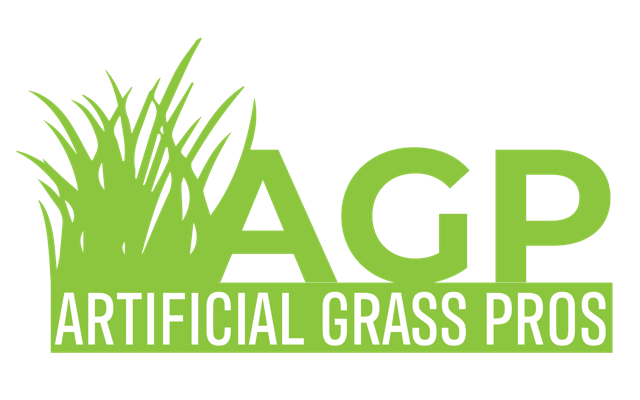Whether you’re looking for professional landscaping or DIY turf installation, contact turf installation
professionals today to share the exciting new options you’ll have when you switch to artificial turf.
From low maintenance to high tech features, artificial grass and water are revolutionizing the way
that sporting arenas and public spaces are designed and installed. They’ve also become much more
affordable in recent years, making them an ideal solution for many different applications. However,
one thing that artificial turf and water systems have in common is that they require certain upkeep in
order to stay looking and performing at their best. Here’s what you can expect from a regular upkeep
schedule.
There are many different reasons that artificial turf installation and water systems will need upkeep.
The most important reason is the development of proper drainage. Water needs to be able to move
through channels in the artificial grass to safely remove excess water and nutrients for healthy plant
growth. Without proper drainage, your grass will wear down and develop unsightly cracks and bald
spots. This in turn will make it impossible for you to have a beautiful and healthy lawn.
If you want to ensure that your artificial lawn has proper drainage throughout its life, there are a few
things you can do before installing the system. First of all, you need to dig a trench around the edge
of the area you’re going to install it in. This will allow water to move up and out of the area without
stagnating or poolsing in one place. Once this trench has been dug, fill it with gravel so that it has a
firm support system and can hold the artificial grass together.
Now, even artificial grass installation doesn’t stop with the excavation and installation of channels for
proper drainage. Once the soil has been dug, you need to prepare the area for the installation.
Remove any existing vegetation, roots and weeds using a root rake and a spade. You can use a
shovel too, but be sure to avoid doing this while the grass is still wet. After you’ve removed all of the
existing material, lay the soil on top of it and compact it with a broom, then fill with sand. Finally,
you’ll need to apply a thin layer of fertilizer to help the grass to take root.
Once you’ve finished with all of this preparation, the last thing you need to worry about is getting
your sod cutter to work. This can be tricky if you don’t have the proper equipment. For instance,
you’ll need a shovel and a level so that you can set the cutting surface up accurately. Using a chalk
line to mark the location of where you want your lines to be placed is also a good idea. You’ll need to
make sure the depth of the lines is equal and that the slope of the chalk line matches that of the
surrounding lawn.
Now that you know how to install artificial grass, the only other thing left for you to do is choose the
type of grass that you want. The two main types available are Bermuda and St. Augustine. Both of
these grasses are relatively maintenance free and they come in a wide variety of colors and
textures, which means there will be one option for everyone. With all of the options available, it’s
easy to see why artificial turf installation has become such a popular choice for companies and
homeowners throughout the country. Look into our blogs for more info!

Recent Comments